Call center prices are sometimes considered expensive by companies. While planning for their business operations, many companies opt for an in-house call center. However, you might be wondering: what are the actual call center prices and what do they entail?
Read on to find out the real call center prices and what a call centers’ benefits for your business are. Moreover, note that the same pricing model is often used in call centers, outbound call centers, telemarketing agencies and B2B outbound call centers.
Call Center Pricing Models
There are several call center pricing models, but some offer multiple pricing models to suit their clients’ preferences.
Naturally, these three call center pricing models differ in their advantages and shortcomings. Read on to find out what the three main call center pricing models used by call centers are.
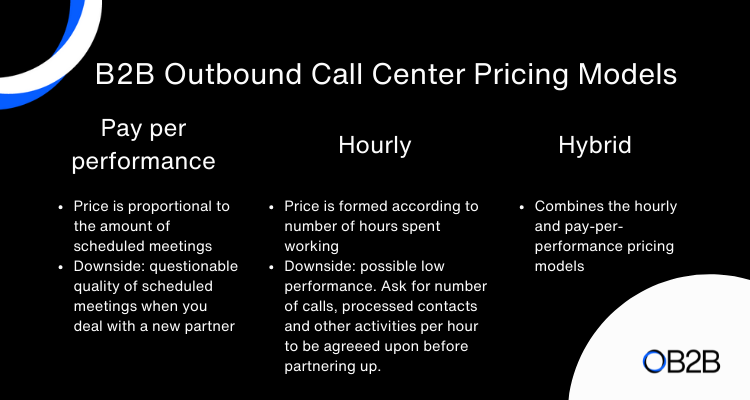
1. Pay per performance pricing model
This call center pricing model is devised upon the efficiency of the call center. Namely, the company that hired a call center pays the price proportional to actions performed. If a company hires a B2B outbound call center, this means that the pricing will depend upon a number of scheduled meetings.
Moreover, this call center pricing model can depend on the number of performed calls or other relevant actions. Naturally, this is the biggest advantage of pay-per-performance pricing: it is fair in a sense that you only pay for what you get from your call center partner.
However, this call center pricing model does have its disadvantages. Since the price is set up according to the performance of certain actions, this might motivate the call center agents or business development representatives to execute those actions without focusing on the quality.
In other words, business development representatives might schedule more demo meetings for companies that contracted them, but these meetings could be a poor fit. We can all agree that fewer, but more promising meetings are better than a large volume of meetings with low chances of success.
Furthermore, this call center pricing model might lead to a pushy sales approach by the call center agents or business development representatives since they will be working on a commission. The pushy sales approach is something to avoid if you want to take care of your brand image in the long run.
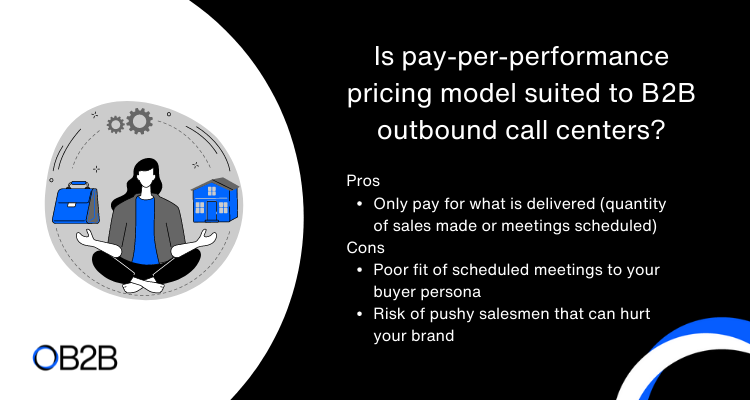
2. Hourly pricing model
The hourly call center pricing model is as simple as it gets. You pay by the hour that the call center agents or business development representatives have worked for your company’s project. One of the biggest advantages of this call center pricing model is that the pricing is predictable. You can know months in advance how much money the call center services will cost you and you can adjust your business plans according to that.
In comparison with the previous call center pricing, call center agents or business development representatives will not be motivated to perform more calls or schedule more meetings, which lets them focus on quality. However, it can also lead to decreased productivity, and this is the biggest disadvantage of this call center pricing model.
However, there is a solution to the trouble of decreased productivity. It lies in agreeing to measure the call center activities such as number of calls, number of processed contacts and other activities per hour. Moreover, you should not only get reports on these items, but also agree with your call center partner on their minimum value in advance.
Companies that want to focus on the quality of their processes and take care of their brand image mostly opt for this pricing model. This is especially true for B2B companies, who are often aware that their sales processes take longer than those in the B2C area. In this case, less truly is more.
3. Hybrid call center pricing model
As you might suppose, a hybrid call center pricing model mixes the pay-per-performance and per-hour call center pricing models. Its biggest advantage is flexibility. The combination of the two call center pricing models allows companies not only to predict their costs, but to also incentivize call center agents or business development representatives to perform at their best.
Nonetheless, if your company is a B2B one and you are looking to outsource a B2B outbound call center, your best bet is an hourly model. A hybrid call center pricing will still incentivize business development representatives to schedule more meetings without being mindful of how they fit your buyer persona.
On the other side, with an hourly pricing model, business development representatives have enough time to do their job properly and manage your sales pipeline in the best possible manner: by taking care of your brand, following up with their prospects and pushing to schedule meetings that are more likely to end up with a sale.
Efficiency Indicators to Determine Call Center Prices Pay Off
Since there are multiple call center pricing models to choose from, you need to track some key metrics to control your call center agents’ productivity. You will detect a professional call center or B2B outbound call center if they propose a minimum value of these metrics to you during the negotiation phase and include them in the contract.
These are some efficiency indicators that are usually tracked to ensure transparency of call center prices.
Number of calls per hour
If you opt for an hourly pricing model, your call center price should entail the number of calls per hour. Of course, the type of call center will dictate the acceptable number. If you are hiring a customer call center that answers incoming calls, the number will be different than in the case of an outbound call center.
Just to give you estimate, a good business development representative performs approximately 7 calls per hour while updating the information on a call in their CRM.
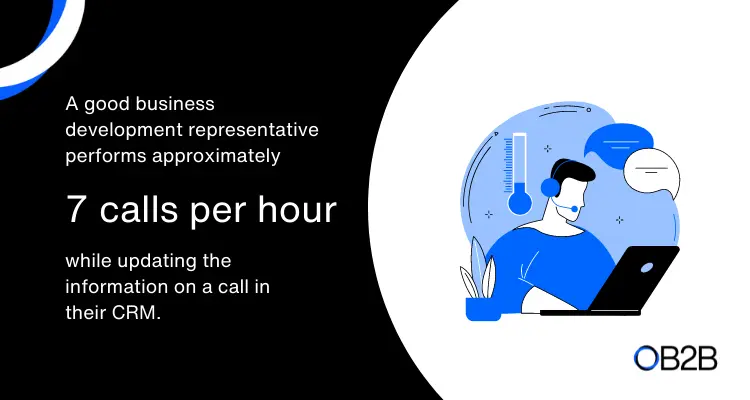
Number of processed contacts
The number of processed contacts per hour is another metric to keep track of. If your goal is to filter through your pipeline, you should definitely ask about this metric when discussing your call center price. A contact being processed means it was either dismissed as unqualified, called, e-mailed or contacted via some other platform. However, your business development representatives or call center agents should also be mindful to follow up after the initial activity.
Other sales activities per hour
Contemporary trends call for a multi-channel sales approach that includes social selling or prospecting via LinkedIn and Xing. Therefore, you should take them into account to ensure fairness and transparency. Once again, when discussing a call center price, you should be informed of average number of sales activities in a day or per hour before deciding to partner up.
Relevant sources mention around 90 sales activities per 8-hour workday as a good measure. This includes emails, calls, LinkedIn InMail and other activities depending on the channel.
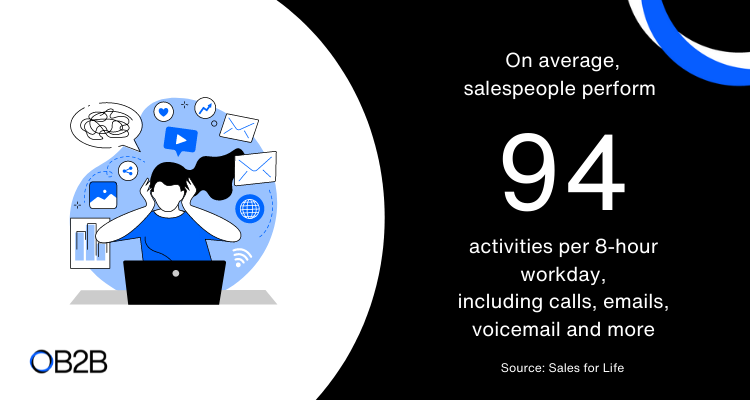
5 Reasons Why Call Center Pricing Is Affordable for Your Business
Many companies still fail to see how an outsourced call center might end up being cheaper than an in-house team. However, it is not all about the final call center prices. It is about everything that this price entails.
Let’s see why it is much more affordable for your company to hire a call center, an outbound call center or B2B outbound call center.
No infrastructure costs
Every call center’s price also entails their infrastructure cost. That means a physical office, utilities, computers, other office furniture and more. Moreover, call center prices include costs of infrastructure maintenance.
No software costs
Call center agents and business development representatives use various types of software to keep track of their calls and sales pipeline. Therefore, the call center price you pay includes multiple licenses for software as well as IT support that keeps the technology updated. In other words, you would benefit from these advanced tools without paying the price of them!
Training
If you have ever dealt with prospects, you know how much training every salesman needs. When discussing business development representatives working in a B2B outbound call center, we talk about numerous tools that salesmen need to use, psychological resilience and advanced sales skills.
Not only are training and education included in the call center prices, but your company will also save time and resources to organize trainings and other educational activities.
Other employee-related issues
Companies today know how much time and resources HR-related tasks take. Whether it is low productivity or complicated administrative work – it is present in every company. However, call center prices also entail this item.
Moreover, you will probably contract a call center to perform a large volume of actions like calls. With such actions, you need a team that performs the best, so why not hire a team of professionals that are already highly skilled at this?
Lower cost of living
Some countries like India are popular options for call center outsourcing since their cost of living is lower than in the West, while their English literacy is high. The lower costs of living could decrease your call center prices, but it might not be the best idea to search for a B2B outbound call center on the other side of the world. You want your business development representatives to be familiar with your customers’ culture in order to be more successful.
Check out the costs of living across European countries.
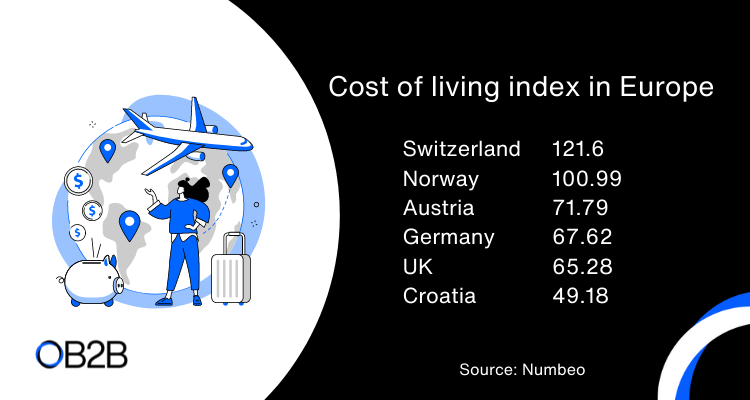
Additional Factors Influencing the Call Center Price
Besides the quality and quantity they ensure, call centers’ prices might differ depending on other factors. These factors are something that you as a potential customer cannot influence, so be aware of how they will affect your potential business with the call center.
These are some additional factors that can influence call center prices.
Focus on your project
A call center can be shared or dedicated just to your project. In the case of a dedicated call center, you would get a team of call center agents or business development representatives that would work on your project exclusively. Outbound call centers usually work according to this model, but it is also adopted by inbound call centers.
The biggest benefit of a dedicated call center is the focus of its representative. Once the team familiarizes with your product or services, they will work exclusively on your project and put all their skills to its use.
There are no disadvantages of a dedicated call center per se – it just might not be suited to all companies and their needs. A dedicated call center’s price is higher than a shared ones’ on average, but this is due to its quality.
On the other hand, a shared call center is suited to some small businesses that want to provide their customers with customer service. In that case, call center agents take in calls from multiple companies’ customers.
Shared call centers’ price is usually lower and sometimes formatted per-minute. However, companies risk lower quality of service with shared call centers because agents could lack knowledge on their products. In case of an outbound call center and especially a B2B one, we strongly recommend avoiding shared call centers irrespective of their low price.
Location of the call center
The single biggest determinant of a call center’s price could be its location. As mentioned before, India used to be and still is a popular call center outsourcing location because of its low living costs coupled with high English literacy.
However, not all companies operate in English speaking countries, so they won’t necessarily find suitable call center teams far away from their home country. Hiring a call center within your country would ensure there is no cultural or language barrier between your call center agents and customers or business development representatives and prospects. The main disadvantage of this outsourcing model is its price, which is usually higher than its offshore alternatives.
On the other hand, with an offshore call center outsourcing, you risk lack of control over your call center activities in addition to a language and cultural barrier.
Depending on your location and target market, you can still enjoy a win-win scenario when it comes to call center prices and quality. For example, cost of living varies across Europe, but its cultural differences are not that big from country to country. Moreover, you can easily find highly educated salesmen that are proficient in one of European languages even outside your home country. By using this tactic, you would lower your call center prices without jeopardizing on its quality.
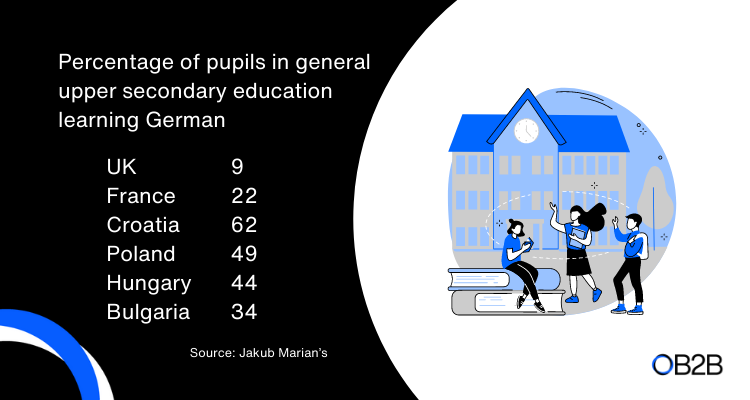
Finding the Right Partner
Now that you know what call center pricing models are there, what does the call center pricing entail and by which additional factors it is influenced, we have a final word of advice.
If you are looking to outsource your call center services, do not skimp on quality. This is especially important if your company is in the B2B segment. Even though 59% of companies outsource to cut costs, neglecting the quality of call center services can backfire and negatively impact your brand.
Therefore, look for reliable call center partners. You will recognize them by their openness to discuss call center prices and self-initiated information on efficiency indicators they ensure. Moreover, look for references and try to establish if the call center is interested in long-term cooperation, which means they realize the power of good reputation and will not hurt your brand just to get their commission.
If you are looking for a B2B outbound call center, check out our services and pricing, and get in touch with our team.
